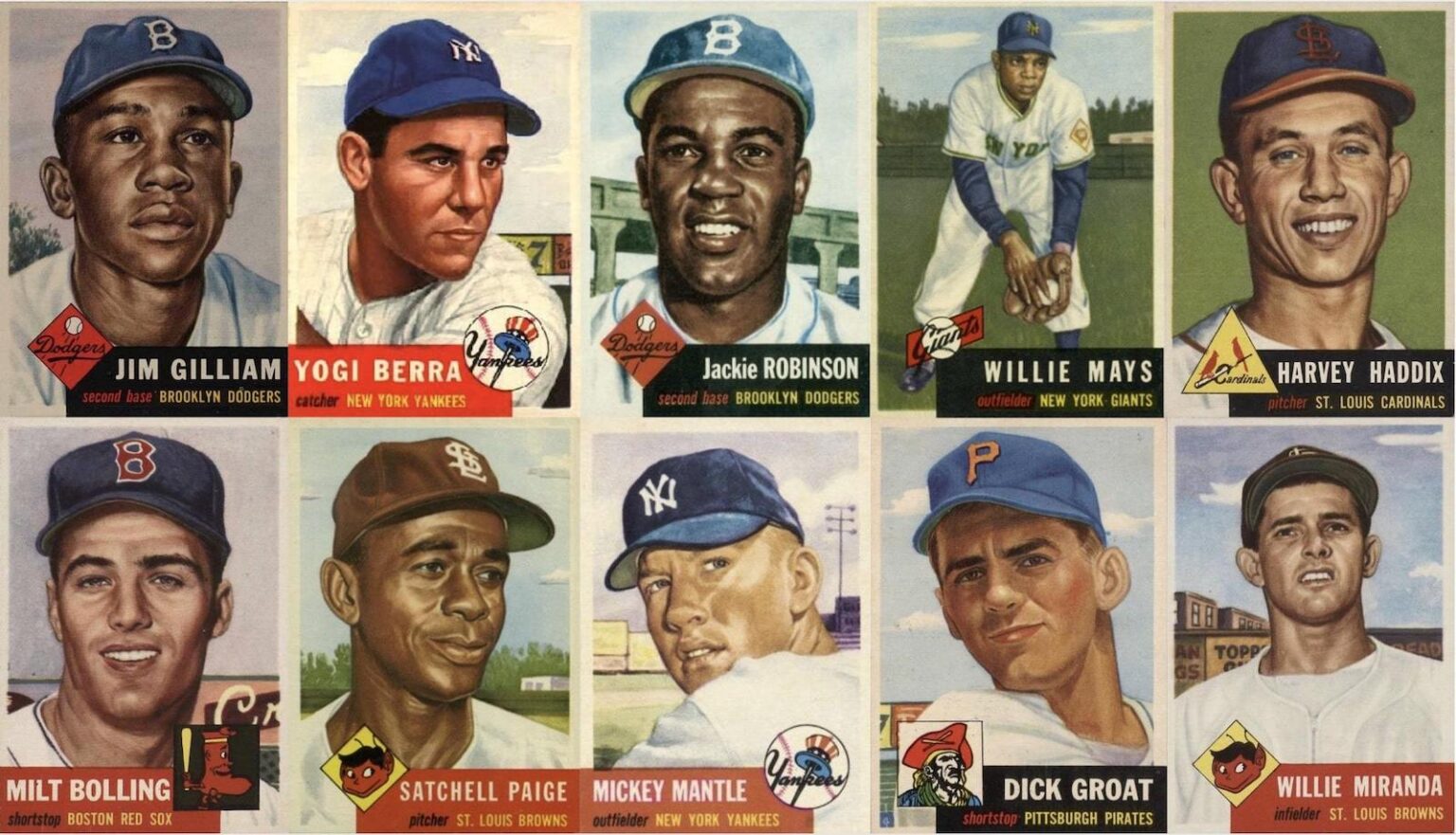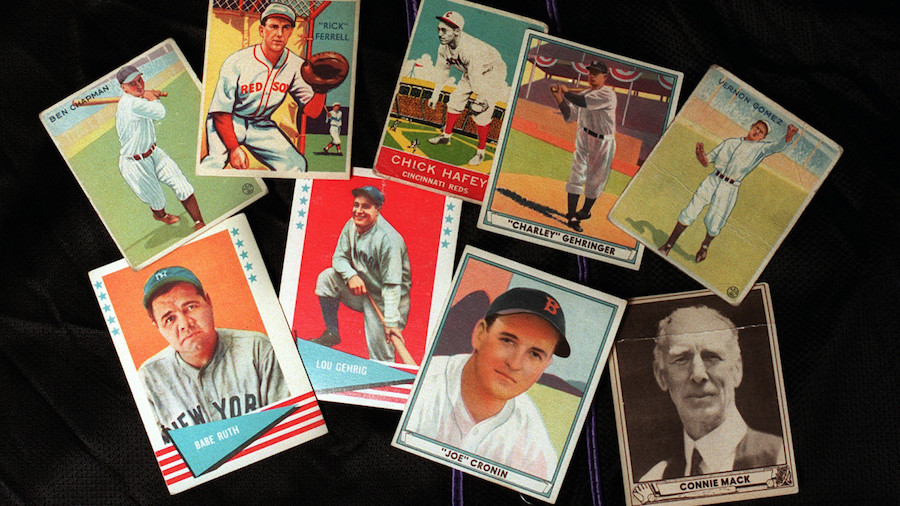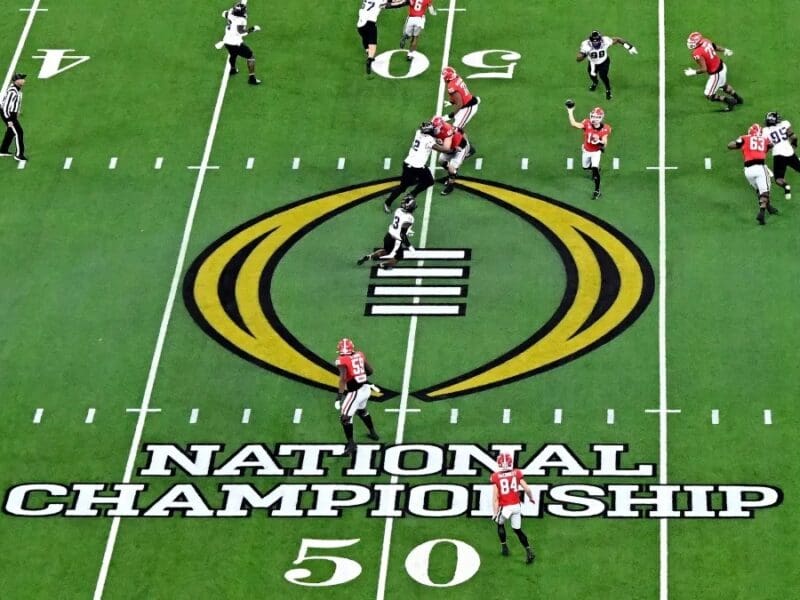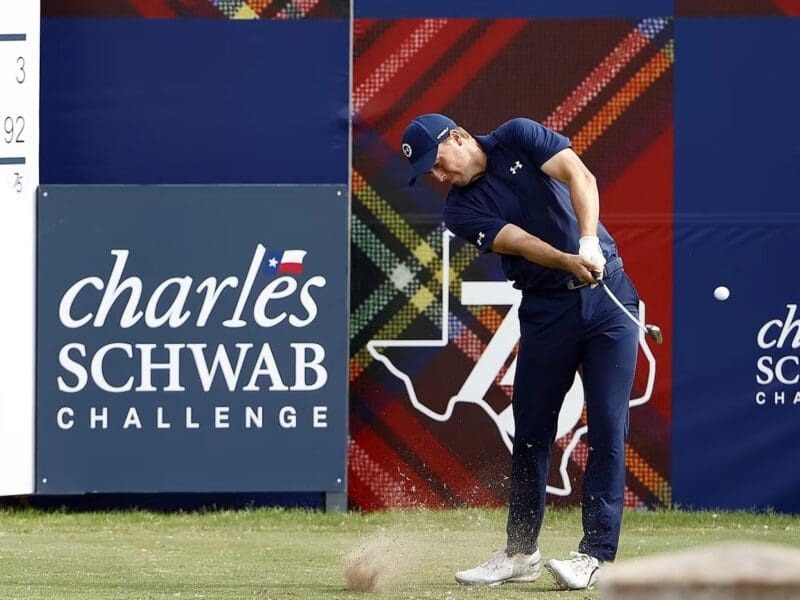
WHAT ARE THE BEST ROOKIE BASEBALL CARDS FROM THE 50S?
Baseball cards had humble origins. Some of the first were cigarette package inserts, which were designed to both promote the brand and keep the package’s star, the cigarettes, from being crushed. Baseball cards are now a multibillion-dollar industry.
So look at your place. People still find ancient, rare, and pricey baseball cards nowadays. Perhaps you’ll come upon one of them and become a billionaire. For many collectors, the 1950s represent the most iconic period in card history. The 1950s saw the arrival of some of the game’s most renowned and popular figures. Throughout the 1950s, rookie cards were issued to Mickey Mantle, Willie Mays, Hank Aaron, Roberto Clemente, and Sandy Koufax. Furthermore, when we learn of remarkable “Childhood” collections, we usually find that these collections are made up of 1950s cards.

If you ask a baseball fan to pick the greatest outfielders of all time, they might name Ted Williams in left field, Willie Mays in center field, and Babe Ruth in right field… Mickey Mantle, Joe DiMaggio, and Roberto Clemente were all left on the bench. That still leaves two slots available on a top 10 list. Who would you pick? Stan Musial, Duke Snider, Pete Rose, Tony Gwynn, Ken Griffey Jr., or someone else? It’s not a simple decision, but it’s a great exercise.
Whatever criteria were used or how long it took to compile the list, it was an intriguing exercise to help decide the 15 most expensive baseball cards of the 1950s. Although not everyone may be bothered by the fact that graded cards were included in the calculated value, such sales do drive value and eventually influence the raw cards. And, while the most valuable card on the list, the 1952 Topps Mickey Mantle #311, was not a surprise (despite the fact that it is known to be a double-printed card), some of the other cards on the list may surprise you.
In truth, not every player on the list is a Hall of Famer, since Andy Pafko’s 1952 card missed the cut. Of course, his card is card #1 in the legendary 1952 Topps series, and good grade versions are extremely uncommon. When lesser grade Pafkos are included, the outcome is different. Whitey Ford’s 1951 Bowman rookie card may have profited from the #1 card position as well. Long-time collectors are aware that the top card was frequently vulnerable to rubber band marks and other deterioration from lying atop a childish stack of cards.

So, based on the criteria, what are the top 15 most valuable baseball cards from the 1950s?
First, individuals went through the most commonly used pricing guide(s) to compile a list of the top 30 dollar prices assigned to cards from 1950 to 1959. As they did so, they weeded out cards from regional editions or cards that were not widely available to collectors at the time, such as the 1954 Bowman Ted Williams, which was removed from production due to contractual concerns early that spring.
Using that selection of 30 cards, experts looked up how much these cards have sold at auction in the past. After all, an object is only worth what someone is willing to pay for it, correct? At this point, the capabilities of eBay and auction monitoring websites came in handy. They cut the list to 25 cards with the greatest sum of raw and graded prices, added the most recent “selling” information that was available, and then averaged the raw, graded, and realized dollar values of the cards on the list. For example, the raw price guide value of Roberto Clemente’s 1955 Topps card (#164) is $2,200. A graded card with a “9” is valued at $55,000, however, the most recently sold piece was $34,409. As a result of averaging all three figures, the “value” of the card was judged to be $30,536.
The top ten lists are very beneficial to card collectors. Your list may contain your favorite player or the most costly card, but everyone’s preferences will vary. In honor of the ’50 Bowman set, we’ll begin with the decade that marked the beginning of modern card collecting. Here are this baseball fan’s top 10…

1) 1952 Topps Mickey Mantle (#311) – While not officially his rookie card, the 1952 Topps set the tone for the following 65 years of card collecting. When Joe DiMaggio retired at the end of the 1951 season, Mantle took over as the face of baseball’s most legendary team.
2) 1954 Bowman Ted Williams (#66) – The greatest hitter ever on a gorgeous card would be enough, but the secret to this treasure is exclusivity. In 1954, Williams signed an exclusive deal with Topps and threatened to sue Bowman if this card was released without his authorization. Bowman removed the card from production and replaced it with one of Red Sox outfielder Jim Piersall, resulting in a limited number of Williams cards being produced.
3) 1950 Bowman Jackie Robinson (#22) – The most valued card in this series, it depicts the guy who forever altered the face of baseball.
4) 1954 Topps Hank Aaron (#128) — The Hank Aaron Rookie Card has a double portrait of “Hammering Hank” on the front of the card, making it the sole acknowledged rookie card of “Hammering Hank.”
5) 1951 Bowman Willie Mays (#305) – The rookie card of the “Say Hey Kid,” possibly the finest all-around player in history, has almost the same value as his first Topps card from the classic ’52 collection.
6) 1956 Topps Mickey Mantle (#135)– Many collectors believe that the 1956 collection was the most appealing ever, and Mantle’s card personifies the series… It was his year to win the Triple Crown.
7) 1955 Topps Roberto Clemente (#164) – The Latin legend’s rookie card was from the first Topps collection to be displayed in a horizontal orientation.
8) 1953 Topps Willie Mays (#244) – This legendary collection uses sketches of the players rather than actual images of the players and is very appealing.
9) 1955 Topps Sandy Koufax (#123) – The only Pitcher on our list, the other crucial rookie card from the ’55 collection depicts the Hall-of-Famer at the age of 19.
10) 1954 Topps Ted Williams (#’s 1 & 250) – To demonstrate the importance of “Teddy Ballgame,” Topps placed his cards the first and last in the set once he was signed.







